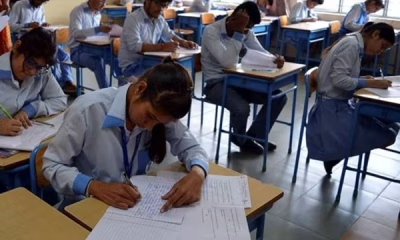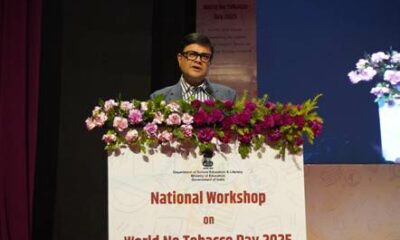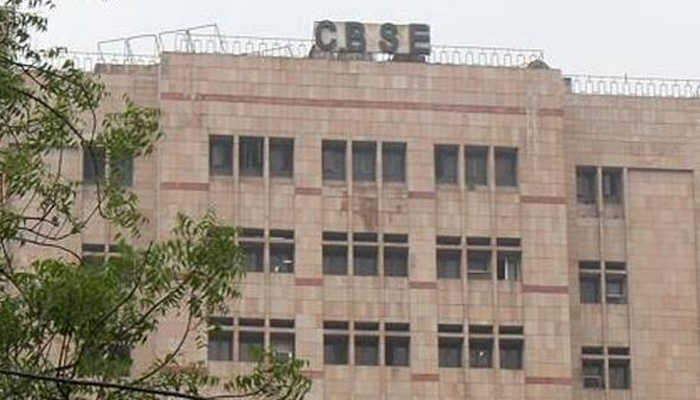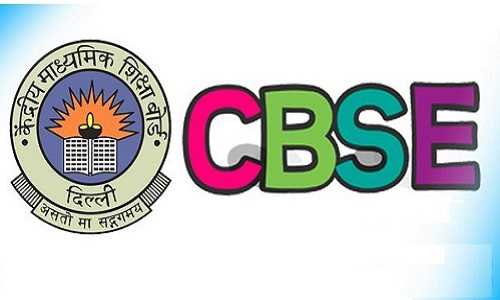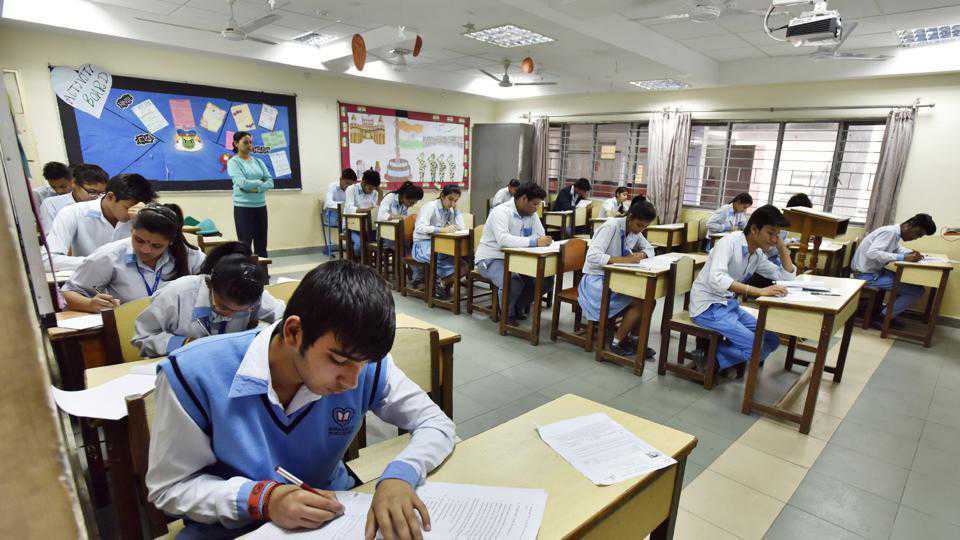There is a new brand of mathematics doing the round of CBSE corridors. One where not only 79=95 but also 80 = 95, 81 = 95… and so on till 94 = 95.
Using this mathematics, CBSE has given grades to students on their mathematics papers and has brought everyone who has scored between 79 and 94 to the same score of 95. In some cases, poor students who have scored above 95 have also been dragged down to this pleasant-sounding score. Other subjects too are affected by this anomalous marking.
Numerous interviews with insiders*, from ICSE/ISC and CBSE boards, as well as analyses carried out on data covering a number of years and hundreds of thousands of candidates, corroborate that board exams in India across national boards ICSE/ISC and CBSE, have turned into a farce — marks are randomly inflated, marking criteria is opaque, and luck plays too big a role.
The analyses have established that due to competition between boards as well the government’s desire to project a better image, school boards have turned into arbitrary marks-giving machines.
The overwhelming reason behind the massive statistical anomalies is the practice of score moderation by different boards. Usually, moderation is a justifiable practice which involves slight upscaling or downscaling of marks, after the answer sheets have been graded, to account for inter-examiner variability and swings in the year-to-year difficulty of question papers, so that yearly pass rates and score distributions don’t fluctuate wildly
Unfortunately, the spirit of score moderation is no longer present in the exercise as marks and pass rates are being arbitrarily increased — a practice commonly known as 'grade inflation'.
Insiders pointed out to the complete lack of transparency in marking scheme and moderation, and they unanimously agreed that the project/practical marks — 20 in ISC and 30 in CBSE — were simply a tool used to boost scores, and had no relation whatsoever to the merit of the candidates.
A teacher, who has been ICSE chief coordinator (second highest in the board’s marking hierarchy), shared that the marking scheme was unacceptably biased in favour of ‘keywords’. According to him, it was grossly unfair to students that the marking scheme and keywords change substantially from year-to-year, with little transparency or basis. Citing an example from Biology, he added that till recently the word “solvent”, and not “water”, was accepted as correct in the definition of the process of osmosis. But an abrupt and unannounced change meant the latter started being accepted as correct.
According to him, another issue with the marking scheme of any subject, is that it is almost solely the prerogative of a single person — the chief examiner of that subject. The paucity of time available to examiners means standards are loose. In an example that was highlighted at an ICSE meeting, an answer sheet was never opened and marks were randomly allotted on the front sheet.
In the most shocking example from his career, a big bunch of Biology answer sheets belonging to a particular state arrived soaked in rain, with the ink on them completely wiped out. Confused, he sought guidance from the chief examiner of the subject, who promptly asked him to assign average marks to all.
Another blot on the marking scheme, she added, was that wrong spellings often didn’t get penalised if they sounded phonetically correct. In yet another example of dependence on keywords, she added that an answer describing the process of respiration would get full marks if the words “taking in” and “oxygen” were present anywhere in the answer, irrespective of what the rest of it contained. On the other hand, a perfectly descriptive answer would get penalised if it didn’t have those two keywords.
Since CISCE is a private body, unlike the CBSE, it is not bound by the RTI, which means they never have to show candidates the photocopies of corrected answer scripts. This insulates the examiners and further increases the likelihood of neglect and arbitrariness in marking.
The state of CBSE doesn’t seem much healthier, though. A senior teacher, and now principal, at a CBSE school pointed out that CBSE had always been under tremendous pressure to project a healthy state of the country’s educational attainment. This pressure had been amplified by competition from other boards, leading CBSE to hugely inflate marks.
An administrator at a top-ranked CBSE school mentioned that CBSE had barred re-evaluation of answer sheets of most elective subjects because there was a dearth of qualified examiners for other subjects, and they were being arbitrarily marked, often putting those opting for these electives at a disadvantage. In support, he cited far better scores obtained by candidates on the same subjects in internal exams, as compared to board exams.
As mentioned earlier, our analyses revealed statistical anomalies in data for board exam marks. Below are some conclusions.
Jump in share of 90-percenters and overall scores
The share of 90-percenters in CBSE has jumped to almost 8% in 2016 — this fraction was slightly less than 1% in 2004.
In the CBSE examination, since 2009, an unbelievably high number of people score exactly 95, in various subjects. Also, CBSE and ISC are desperate to somehow pass candidates.
Specific regions are favoured arbitrarily: In English, CBSE favoured Delhi students by a huge margin.
Continuing with its love for 95 marks, CBSE allotted this score to over 18 % students in Delhi, in English. But the rest of the country was less fortunate, with less than 1% scoring 95. Even in reputed schools in metro cities other than Delhi, very few have scored in the 90s in English. As reported, there is an upward moderation of 12 marks for Delhi, but zero marks for others. Such regional bias exists for other subjects too.
In both the ICSE and ISC examinations, since at least 1997, it has been observed that certain numbers are altogether missing from the result.
In at least 20 years, a period during which a few million students have appeared for ICSE (class 10) or ISC (class 12) examinations, not a single person in the country has scored 93, 91,89,87,85,85,and 83 in the country, in any subject. There are totally over 30 such marks which have never been attained indicating a serious problem in the moderation process.
Rising popularity of subjects with inflated scores
Certain elective subjects such as Physical Education and Computer Science are exceptionally high-scoring in both CBSE and ISC examinations. Often, over a third of the candidates score higher than 90 in such subjects. Needless to say, these subjects have become increasingly popular, for reasons that have nothing to do with academic inclination. The percentage of takers for Physical Education at the ISC examination jumped from 5% in 2012 to nearly 16% in 2016. This has come at the cost of subjects such as Economics, which is less scoring. Such preference is nothing but a warning against perverse incentives.
Given the state of rot in the boards, it comes as no surprise that premier Indian institutes are trying to become independent of board marks. The latest IIT-JEE pattern has done away with board marks as a criteria, since, as per Ashok Mishra Committee’s report, they pose a “big challenge” mainly due to “difficulties in normalisation”. Other institutes like BITS, Pilani have introduced their own entrance tests, leading to a big churn in the geographical representation of their students, indicating that certain boards made it easier for students to gain entry.
Grade distortion needs to be viewed as a serious public policy problem and not a problem of the respective boards. It encourages lesser effort from students, resulting in deterioration in the nation’s human potential, and eventually India’s future. Moreover, it is completely sullying the age old dictum— better the effort, sweeter the fruits.
*You can read the original article by Prashant Bhattacharji / Prabhat Singh at www.firstpost.com.
Images used for representational purposes only
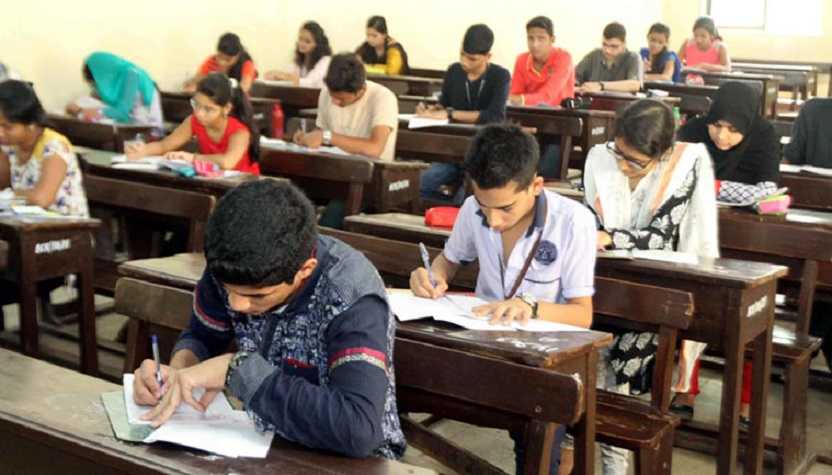
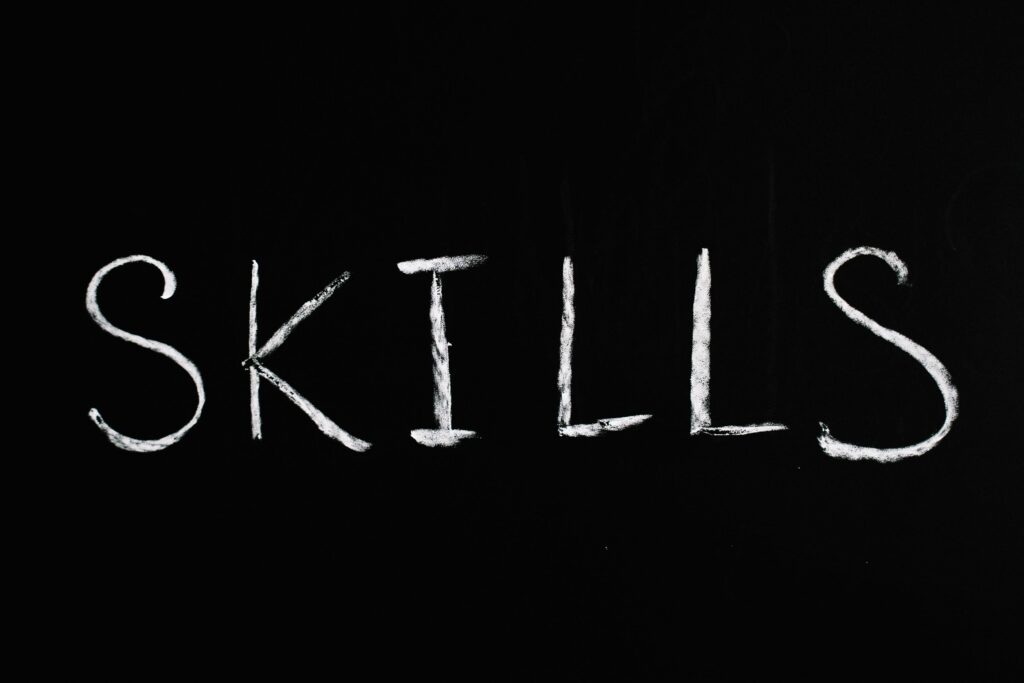
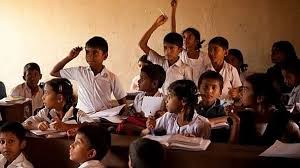
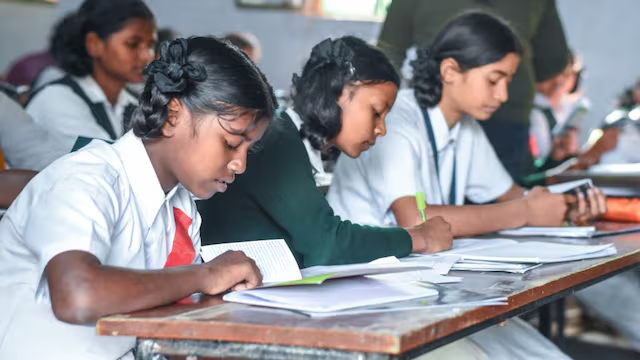
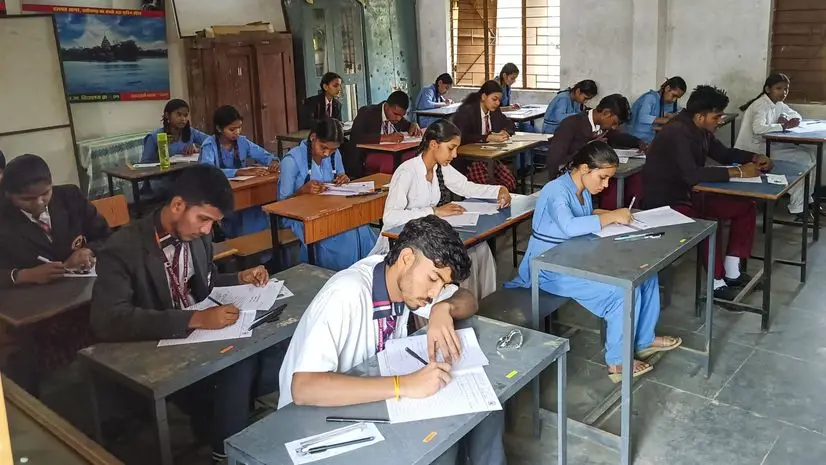
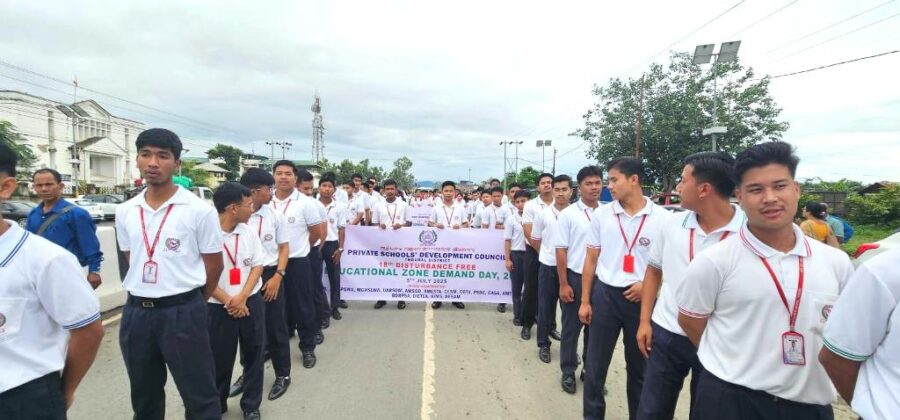
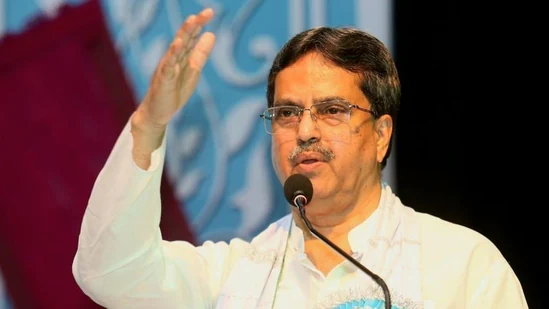


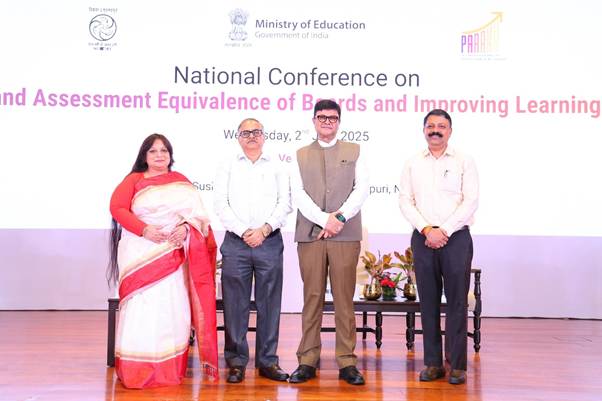
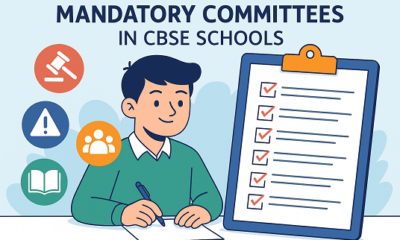
 Education3 months ago
Education3 months ago
 Education2 months ago
Education2 months ago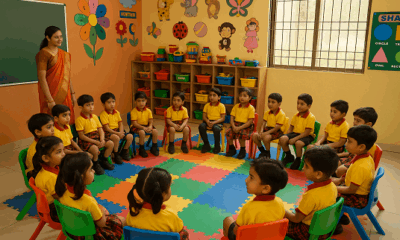
 Education3 months ago
Education3 months ago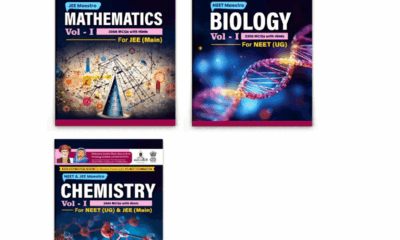
 Education3 months ago
Education3 months ago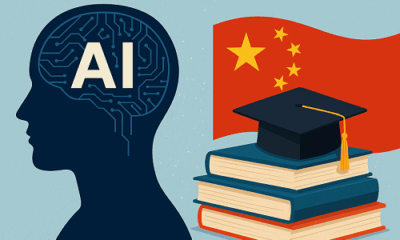
 Education3 months ago
Education3 months ago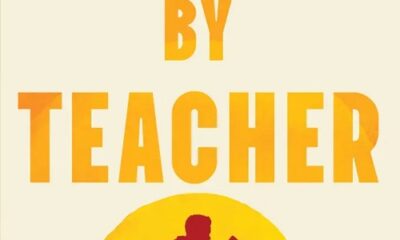
 Education2 months ago
Education2 months ago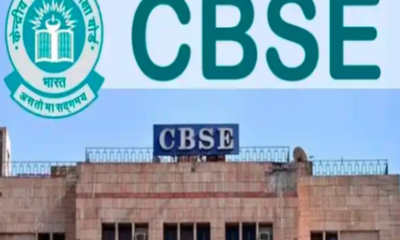
 Education3 months ago
Education3 months ago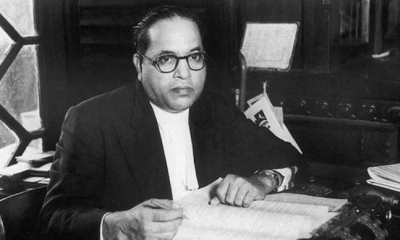
 Education3 months ago
Education3 months ago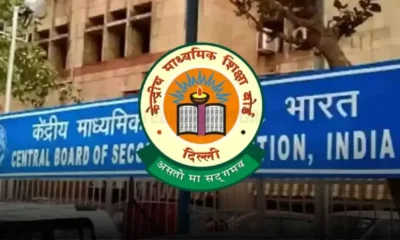
 Education3 months ago
Education3 months ago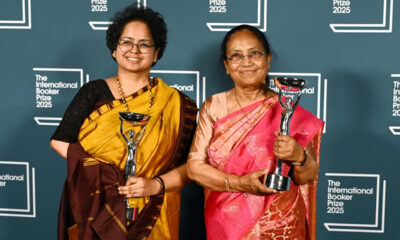
 Education2 months ago
Education2 months ago



